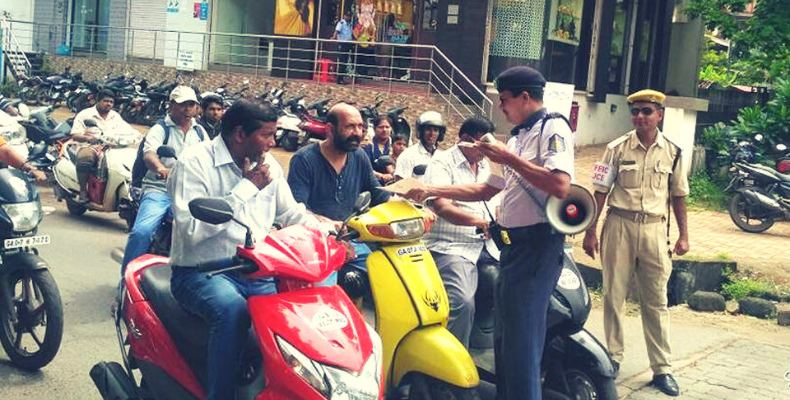In India, there is one fatality every four minutes as a result of a motor vehicle accident. If that’s not bad enough, every day, an average of 16 children die due to road accidents caused by negligence, and by far the biggest cause of road fatalities – driving under the influence of alcohol. As per an NDTV report in December 2016, close to a lakh and a half people died due to road accidents, which is more than the number of people killed in all our wars combined. This has called for a major change to the Motor Vehicle Bill.

The Motor Vehicle Bill has been largely unchanged since 1988, which means it has been in dire need of an upgrade. The amended Motor Vehicles Act is currently in the final stages of approval at the Rajya Sabha, with the Lok Sabha having already passed it. The highlights of the updated bill include more protection for those involved in accidents, KYC, particularly Aadhar now plays an important role in driver registration, and finally, the act will now put more pressure on car manufacturers. But the biggest change of all is a complete revision of the fine structure for road offences. Here’s a complete break-up.
It’s all fine!
Blocking an ambulance: If commuters are caught blocking the path of an ambulance or any other emergency service vehicle, they will be fined 10,000 Rupees.
Driving despite being disqualified: Certain offences result in the suspension of a drivers license, and disqualification. If a driver is found driving despite being disqualified, they will be levied a fine of 10,000 Rupees.
Violating traffic rule: If a motorist is caught violating traffic rules, he or she will now have to cough up 500 Rupees (as opposed to the earlier 100 Rupees). Disobedience of the orders of authorities will invite another 2000 Rupees minimum.
Driving without a license: This will cost 5000 Rupees.
Not obeying the posted speed-limit: This could range anywhere between Rupees 1000 and 2000.
Driving without insurance: If valid insurance papers are not produced, the person has to pay a fine of 2000 Rupees
Riding without a helmet: Not wearing a helmet will attract a fine of 1000 Rupees and the suspension of your license. The same goes for not wearing a seatbelt.
Letting a juvenile drive your vehicle: If caught, the owner or guardian will be deemed guilty and fined 25,000 Rupees. In addition, he or she will be imprisoned for 3 years, and their registration will be cancelled.
Dangerous driving: The penalty for rash and negligent driving has been increased from 1000 Rupees to 5000 Rupees.
Driving under the influence: Drunk drivers will now be penalised 10,000 Rupees.
Racing: Drivers caught racing will be fined Rupees 5000.
Other important features of the amendment
In addition to the revised fine structure, there are other important features that have been introduced in the Motor Vehicle Bill. For example, in case an accident causes death, the bill caps the maximum liability of the third party at Rs 10 lakh and Rs 5 lakh in an accident causing serious injury. Business Today reported that Aadhar card identification will become mandatory for obtaining a driver’s license, or for registering a new vehicle. This will tie in with applying for updated high-security registration plates for the vehicle as well.
The amendment also puts pressure on automobile manufacturers to manufacture safer vehicles. For companies that are caught selling vehicles with sub-standard components or engines, or that don’t meet the minimum required safety guidelines, they will have to issue a recall on all affected vehicles. Failing this, they will be liable to pay a fine of 500 Crore Rupees. Furthermore, with regards to insurance, the amendment assures motor vehicle users compulsory insurance for certain accidents.
What do you think of the amendment to the Motor Vehicle Bill? Are the fines too high? Does it protect motor vehicle users from infractions like driving under the influence? Let us know in the comments below.


